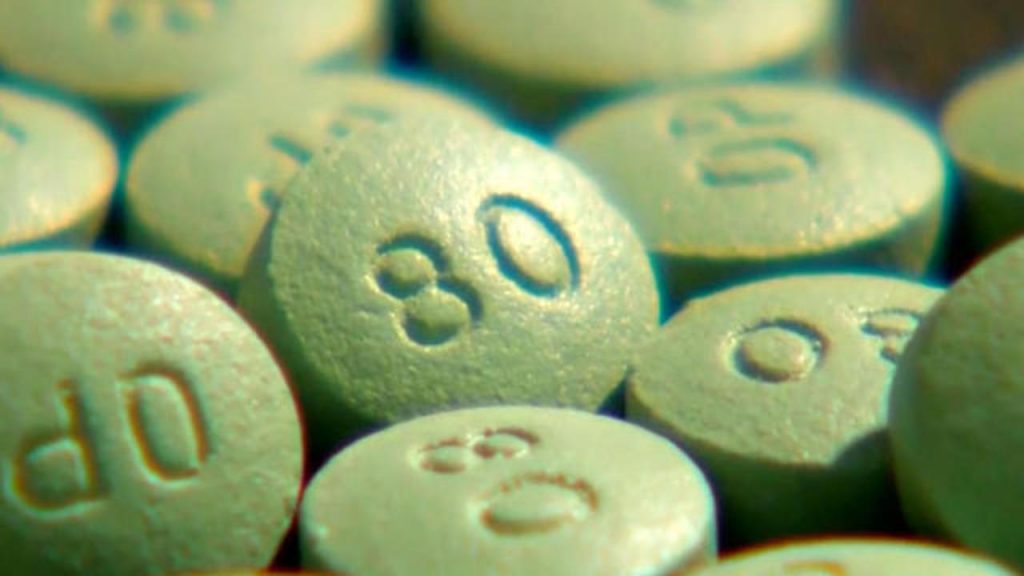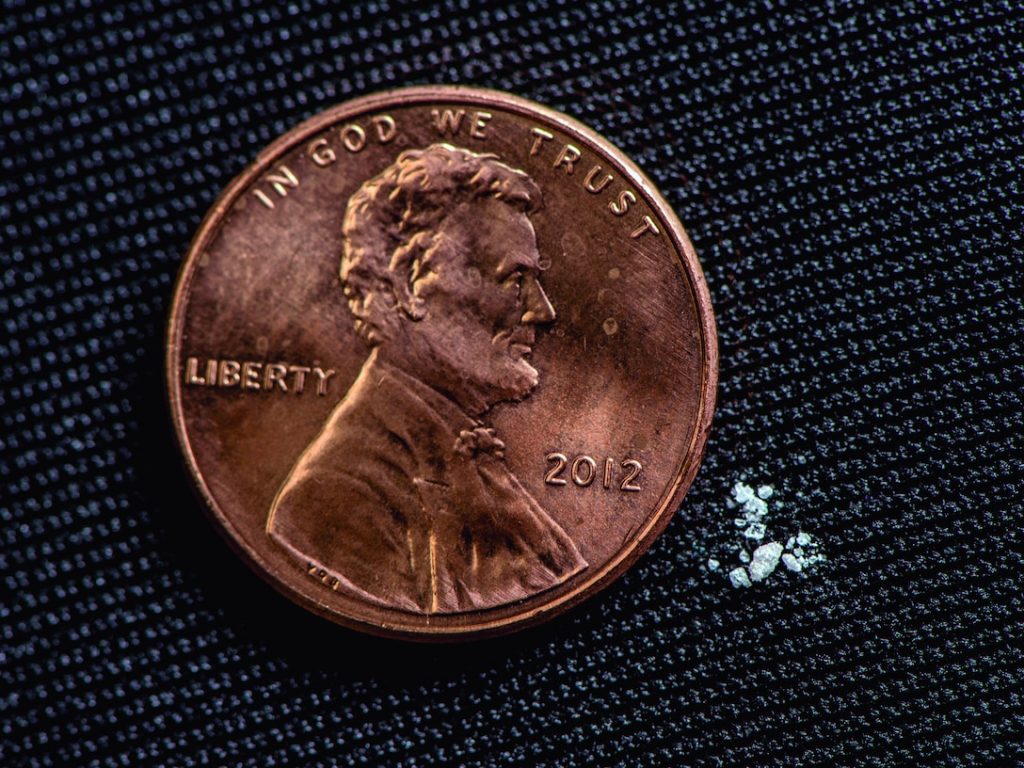International opioid overdose awareness day took place on August 31.

According to the Government of Canada, 1883 people have died from opioid overdose in the first three months of 2022 alone.
Furthermore, according to a report from public health, from 2016 to September 2020, there were 289 drug-related deaths. Among these deaths, over half are suspected to be from opioids.
What is fentanyl
Fentanyl is a very potent opioid that is 20 to 40 times more potent than heroin. Only a few grains can be lethal.
Fentanyl’s intended use is as a pain killer in a hospital setting but it is finding its way into street drugs. It is odourless and tasteless meaning most people will have no idea that they are taking it.
This is causing many unintentional overdoses.

What is Naloxone
Naloxone (brand name Narcan) is a drug that temporarily reverses the effects of opioid overdoses. It can restore a person’s breathing within two to five minutes. It is active in the body for 20 to 90 minutes although the effects of opioids last longer.
This is usually enough time to be seen by a first responder where naloxone may be administered again.
Naloxone is safe for all ages and cannot be misused. Naloxone comes in two forms: a nasal spray and an injectable.
It is very important to note that administering naloxone to an individual who does not have opioids in their system will cause no harm. Click here for a demonstrative video on how to administer naloxone in both form.
There is also free training at Avenue B Harm Reduction inc. in Saint John’s uptown where they will then provide you with a free naloxone take-home kit.
Signs of overdose
Signs of opioid overdose, according to the Government of Canada, include; a person who is unresponsive, slow or shallow breathing, gurgling sounds or snoring, cold, clammy, or bluish skin, and severe sleepiness or loss of consciousness.
What to do if you suspect an overdose
It is essential to know the signs of an overdose. If an overdose is suspected, call 911 immediately. If you have Naloxone, administer it. Stay and help if possible.
The Good Samaritan Drug Overdose Act provides you with legal protection over drug-related charges for individuals who witness or experience an overdose.
Naloxone at UNB
The university has five naloxone kits on campus. There is one at the student health centre, two at the security office and two in residence. With the rise of accidental overdoses the need for education on naloxone is crucial.


